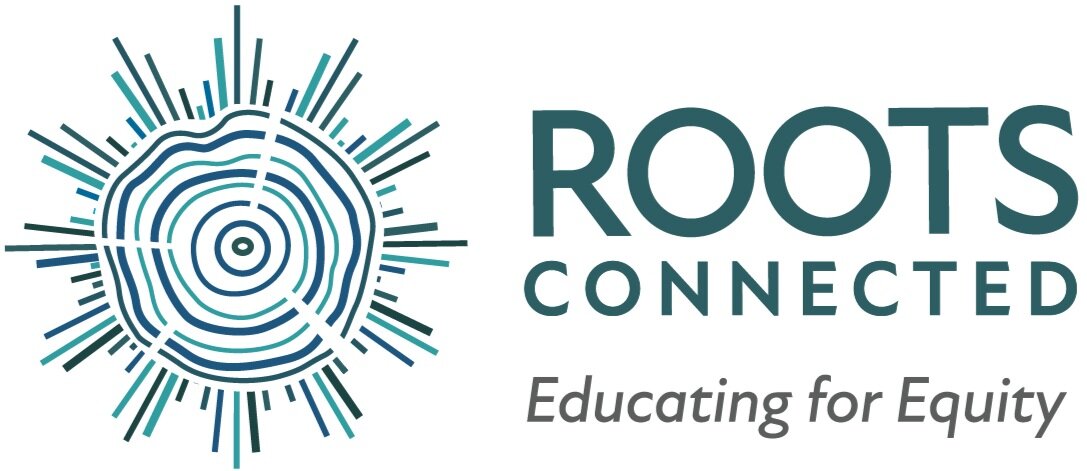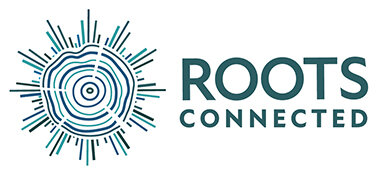Building Community Near or Far: A List of Community Builders to Explore
In our Letter at the start of the Covid 19 pandemic, we shared about the importance of building community, particularly in these moments when we are isolated. Below you will find a few simple community builders that can be used by both students and faculty alike. Unlike an "ice breaker", community builders allow for a deeper sense of connection and make space for people to be more open and vulnerable, if they so wish. Please also note below the importance of setting group norms prior to and creating space afterwards for a debrief during each activity. This will create a more normalized shared experience and allow connection on a deeper level.
Check out this resource to learn more about the essential components of a Community Builder!
Setting Norms
It is important that a few Guiding Principles or Norms are shared before asking staff or students to engage in these activities, in order to ensure that brave and safe spaces are created and honored. Examples of norms can be:
Share from your own experience and work hard to understand the perspectives of others
Only one person shares at a time (mute your mic)
What is said here stays here, what is learned here leaves here
Listen to one another / don’t have other tech open
Participate at your 100%
Making Space to Debrief
Making space at the end of each Community Builder to debrief can be an important practice of reflection. Oftentimes, the thoughts and takeaways shared during a debrief become more powerful than the activity itself. Examples of debrief questions can be:
What was that experience like for you?
What felt challenging?
What did you learn about yourself?
What did you learn about your community?
Important to Keep in Mind
Pay attention to group size and when it would make sense for varied grouping possibilities, based on an activity. For example, sometimes you could consider having one prompt/activity but creating smaller groups or “zoom rooms” for folks to go into to discuss or share.
As a facilitator, be sure to have strong modeling that allows for numerous entry points (ie: some folks feel comfortable sharing from a vulnerable place and some do not, your examples should share both).
Artifact Share
Each person is asked to prepare by thinking of an artifact to share from their life from which they can share a story. Could be tied to a specific prompt, ie: a time in your life that has had a significant impact on who you are today.
What’s in Your Home
Ask participants in the moment to find something in their home (ie: blockbuster card in their wallets or a photo they have framed) from which they can tell a story.
Posters On the Screen
Put 4-5 posters on a shared slide with different statements on them, such as: “I recently had a conversation that changed my perspective.” or “In the last month I binge watched something I really liked.” Have participants add their names on any chart where the statement on it rings true for them. Once all have had a chance to put their names on the appropriate charts, have them choose one which they feel comfortable sharing. Sharing can happen in smaller zoom groups around the one chart prompt or all together folks share the story they feel comfortable sharing. (For students, could do a few stories each time you come together).
Song That’s Giving You Life
Ask participants to choose a song that is giving them life right now. They will have a chance to play 10 seconds of it with the group, and share why it is giving them life right now.
30 Second Draw
Give everyone 30 seconds to draw one thing they did today/this week that connected them to another person. Make space for each person to share.
Quote Share
Have each person bring a quote that is holding meaning for them right now and share why that quote has been impactful and why it matters to them in this particular moment.
Quarantine Advice
Ask participants to imagine that they are 5 (10, 20 - depending on the age) years into the future and talking to the next generation of kids. What would they want to say they did during these moments of quarantine? Or what advice or words of hope would you share with younger kids?
Good News Movement
Share a few posts from the @goodnews_movement on Instagram. Unpack what made those stories meaningful enough to post on that account (moments of coming together and being of service to others). Ask participants to share what they would add from their lives if they were creating a goodnews_movement post.
Art Share
Ask your students and/or faculty to create or find a piece of art that shows how they are feeling right now. Share in small groups.
Finish the Sentence
Give the following sentence starters and ask everyone to choose ONE to finish and share with the group:
One thing I am scared of is…
One thing I have learned is…
One thing I have been thinking a lot about is…
One thing I am grateful for is…
One new thing I want to try tomorrow is...
Gratitude Circle
Create space for each person to share what they have been grateful for.
Superpowers
Ask participants to respond to one of the following prompts:
What superpower would you choose if you could choose any? Why would you choose it?
What is your superpower? How did you discover it?
Guess My Number
Participants think of a number that is connected to a story. Anonymously share their number (privately through chat, polleverywhere, Zoom Whiteboard, or written on a piece of paper).
The facilitator makes sure all the numbers are visible to the group.
Individuals volunteer to share their stories.
After each share, the group tries to guess the number that matches the story.
The last person has the honor of sharing their story without any guesses :)
Baby Photo Share
Each participant brings a baby picture of themselves to share with the group. Participants can share their response to one of the following prompts:
What does this photo make you think about?
What does this photo make you feel?
What is your earliest memory?
What is something you would tell this child?
Cooking share
Food is a way to connect in many cultures. Think about a food that holds meaning for you, your family, your culture, or a smell that always reminds you of a memory. Participants can take photos to share, share their favorite family recipe, and even give the group a cooking challenge, to try themselves.


